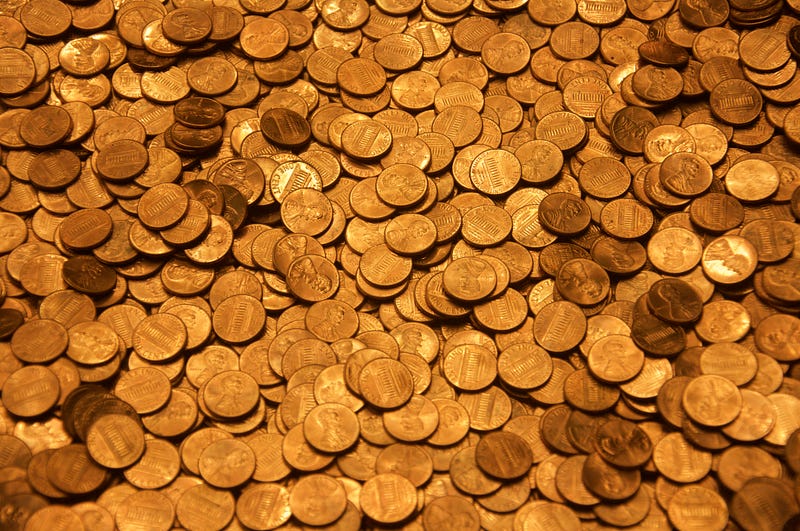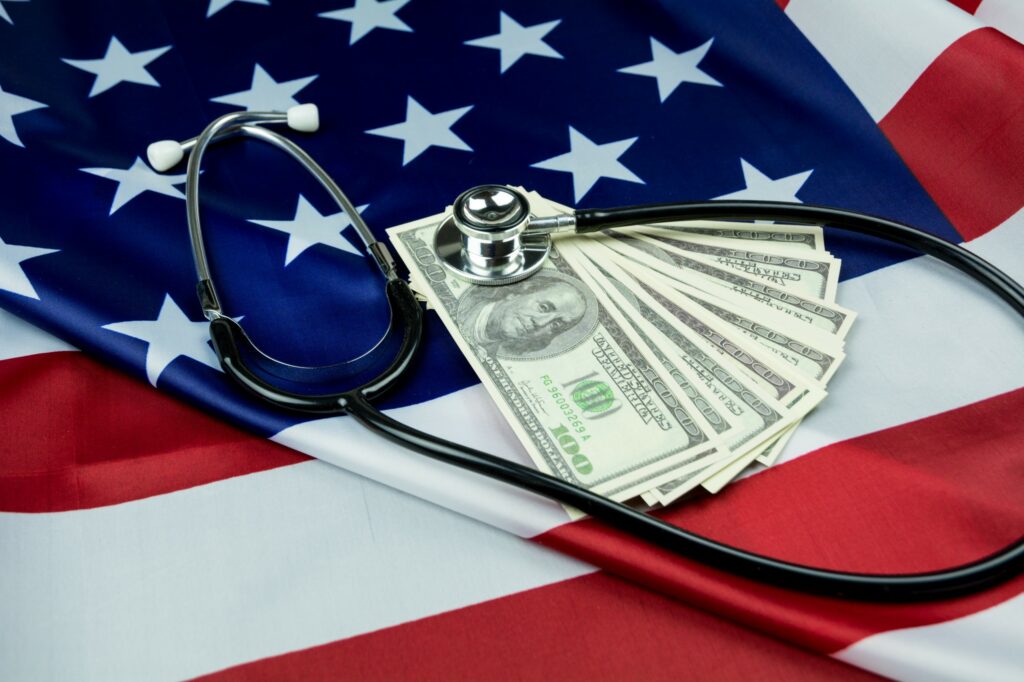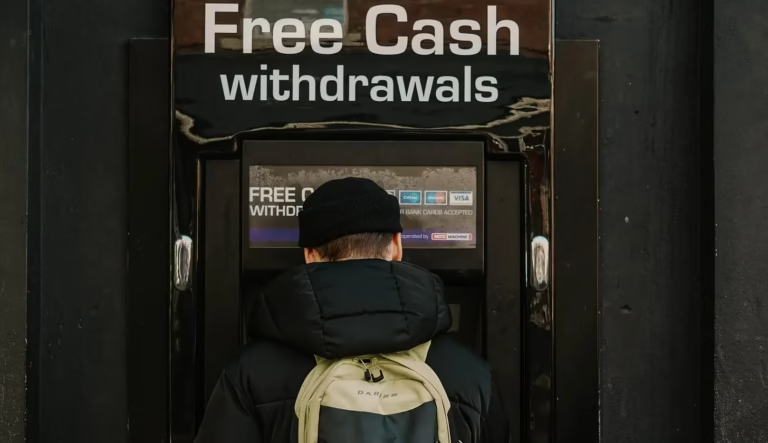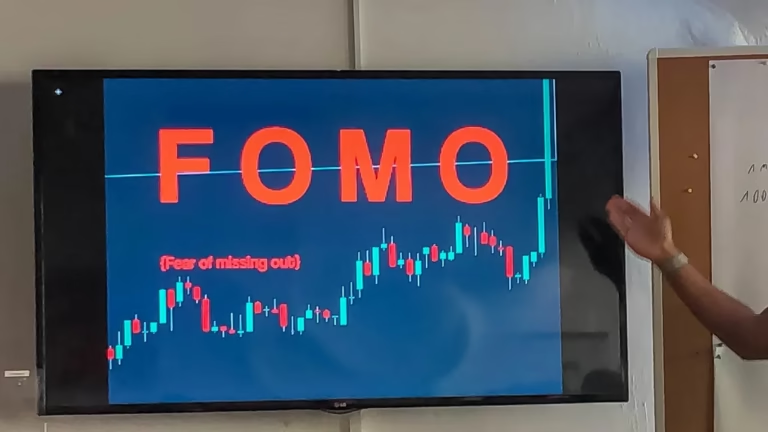Peter Schiff, Jim Rickards, and others predict the end of an era — are they right?
I came to the United States 25 years ago with my family following military orders. After completing my assignments and retiring, a software company hired me, and I ultimately started my own businesses.
I feel a duty to raise awareness about some things I observe and find confirmation when listening to experts in finances and money. That’s what this article is about.
During my years in school, history always fascinated me. It started with the amazing stories and images of ancient times, like the Egyptians, Romans, Greek, and extended forward to more modern times. Besides learning about unusual characters like Nero, Cleopatra, Tutankhamen, etc. I loved to read and hear the stories related to their actions and the results of their decisions.
More recently, while contemplating my retirement in economic independence, I started looking at the world from an economic perspective.
That’s why I believe it is important to make readers aware of what’s happening.
I invested in stocks when I was younger and had to learn that the movements of markets, both up and down, can be unpredictable in their abruptness. What we easily forget when we watch the pundits on TV or read articles about economics is the fact that there are people’s lives attached to these market movements.
It might be obvious when we look at the Dow Jones Index or the NASDAQ, but few people look at the enormous amounts of money that flow into mutual funds through retirement savings. Each month, most people employed in medium to larger size companies contribute without really paying any attention.
When the COVID-19 pandemic hit the world, governments stated that people and companies need help. To provide that help, governments, through the central banks and government programs began providing money using several new initiatives. Nobody really cared about the source of that money.
When we look now, the US FED has provided 7 Trillion Dollars of newly printed money into the economy and these initiatives. The current US national debt is almost 27 Trillion Dollars. If you translate that across all people in the United States, every person owes about $80,000.00 in National debt.
More worrisome is that the debt is now larger than the gross domestic product, meaning we create equal or less value each year than we have borrowed.
Why is that a problem and why should you worry? Why are well-respected people like Peter Schiff, Jim Rickards, and others ringing the alarm bells and recommend for people to adopt new investment strategies?
We find the primary reason for concern in the fundamental structure of the system. If we go back to history, it used to be necessary to have a balance between money and security. Actually, in ancient times, money was created out of something that had the value within it. It was common to use Gold or Silver coins.
If you wanted to buy grain or wine or the labor of a person you paid in those coins. It was an equal exchange — value for value.
Later it was decided that paper would be easier than heavy coins. We printed small pieces of paper that were “I Owe You’s” with a certain value written on it. You could go to the bank and exchange that paper for gold (coins or bars). That’s what is known as the gold standard.

In 1944, at the end of World War II, the United States convinced the main economic powers of the world to accept the US Dollar as the reserve currency. Naturally, many banks and government leaders were concerned about the power the US would have with the ability to print unlimited Dollars. This resulted in the Dollar as a measuring stick against all other currencies.
To reduce fears, the United States promised to back up the Dollar with Gold. You may recall amazing stories about Fort Knox where all the gold of the country was stored in the safest vaults mankind has ever seen.

Up until 1971, any other country could exchange Dollars into Gold. Then Richard Nixon, in a surprise announcement, stopped that practice and untimely stopped the connection of the US Dollar to gold completely. The original 1×1 exchange had already stopped during the Great Depression.
Today we can print as much money as we want. Exchange rates determine the value of the US Dollar with other currencies. It all depends on the trust in our willingness to hold up our commitments to repay any money we borrowed from others.
Peter Schiff, Jim Rickards, and many other experts warn that this trust is no longer warranted. They believe that the rest of the world will at some point conclude that the US will not repay what it owes.
Why would they say that, and can it be true?
Recent announcements and policy changes by the US government resulted in a steady deterioration of relationships with many countries around the world, first and foremost China. Every conceivable relationship is attacked, and that now also includes suggestions not to repay the US bonds that China holds.
We printed money, ordered goods from China, in return sold them US bonds that promised payment, and now we contemplate not keeping our promise.
You can do a quick check on other things we have decided not to keep our word or signatures under contracts. Just look up Iran nuclear agreement, Paris climate agreement, TPP agreement, and many more.
The world perceives an atmosphere of unreliability and nationalism coming from the United States. While perception can be speculative, it’s harder to refute when the leaders in the US government state that intention almost daily.
Let’s assume for a moment that Peter Schiff and Jim Rickards are correct.
Naturally, they can’t pinpoint the moment the loss of trust occurs, but when it does and nobody accepts the US Dollar as the reserve currency anymore, the overall system will collapse.
Many things will happen in that scenario, but the most important for us to consider is this: What can we do to prepare?
One thing is to get assets that are usable all over the world. That would be actual gold and silver — no ETF’s but actual bullion bars or coins.
Other assets in the US could be real estate, although it will be questionable if people could pay any rent if the economy as we know it collapses.
The third thing difficult to do if you don’t already have relationships outside the US is to get your hands on other currencies, like the Euro or the Swiss Frank.
As anybody who tried would know, the US government has put in many restrictions for foreign currency exchanges and the establishment of foreign bank accounts. The claim is that this protects us from terrorists. In reality, it increases government control over all citizens and limits how we can protect ourselves financially.
By the way, it makes a difference where you have your assets, including gold. You might think you have rights, but those can be quickly taken away. During the Great Depression, the US government simply forbade anybody to own or sell physical gold. That relaxed a bit in 1964 and in 1975 people could deal with gold again. That was 40 years of prohibition and associated punishment. It could happen again.
Bottom line: it is not free and possible to keep printing money and just hand it out without having to face consequences.
Right now, we depend on the trust of the rest of the world. We require the rest of the world to keep accepting the US Dollar as the reserve currency. The way we behave and speak about the rest of the world does not infuse confidence that we are reliable partners.
Make up your own mind when the trust will actually evaporate. I think it will be sooner rather than later.
Please don’t wait till others decide for you. Get educated, be aware, and prepare your financial house accordingly.
Interested learning about how to safeguard your financial wellbeing? Download your free mindset manual





